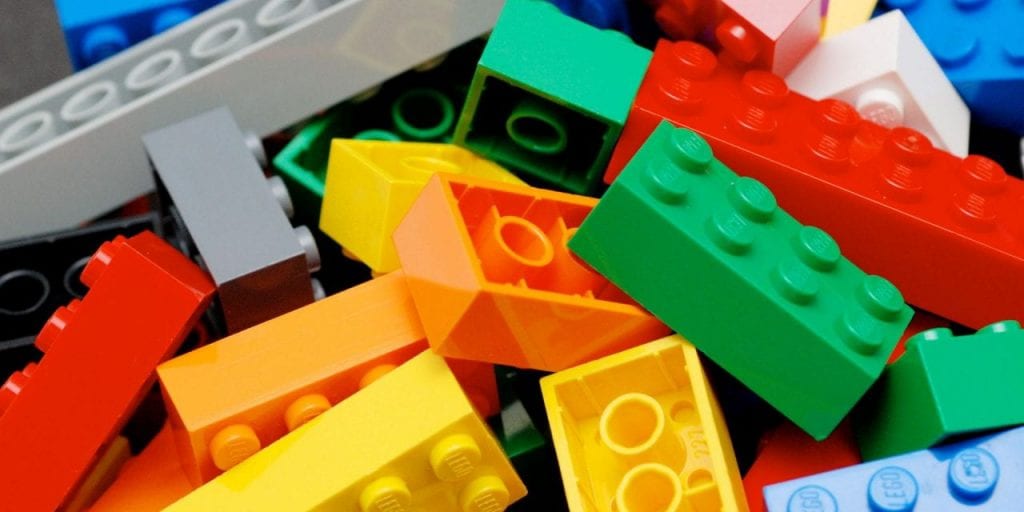I love putting things together; jigsaw puzzles and LEGO are some of my favorites. Seeing what the end should look like, following the directions, putting it together piece by piece – it always feels like a small accomplishment.
I find comfort in the process; there is a clearly labeled set path to follow and, barring any missing pieces, all should work out as expected. But others, like the Master Builder characters in the LEGO movies, see the possibilities beyond the prescribed plan, the possibilities in disruptive innovation. They use their imagination throughout, even quite purposefully breaking from an intended path. I envy those who live in the happy medium between the two.
The reality is, I grapple with this tension—the desire to create and adhere to a beautifully crafted plan and the reality of the flexibility and creativity required to successfully implement one in an imperfect world. To embrace disruptive innovation for a better result.
As I have written in a previous post, the nature of technology alone forces me to be malleable in my day–to–day work. I can envision a big picture, create a plan to achieve it, but I’m fully aware that there are going to be design revisions, change orders, and mistakes (learning opportunities?) made.
Like the Master Builder, I have to be willing to break free of the directions, of a prescribed plan—to add elements, to shift course on the fly — to fit my needs, to see a project through. (And, of course, that perseverance, flexibility, and resiliency are exactly the skills we hope to impart to our students.)
Over the past few years, Cary Academy has been working to achieve the four main goals set forth by our current strategic plan: institutional flexibility, authentic engagement, strong connections, and appropriate resources.
It is a large puzzle. And one that I’ve been thinking about a lot—about how best to support it and how to make it come to life in our spaces and systems. And, like a puzzle, the whole picture is sometimes hard to envision as you are working it, but, any one piece, when newly put into place, might be the one that starts to bring it into clearer view.
When Dr. Ehrhardt talks about making learning visible or creating institutional flexibility, I can imagine some of the things he describes – glass walls, moveable furniture, and the like. What I also imagine, though, are the more obscure pieces to the bigger puzzle.
Some pieces are straightforward and tangible: where should a display and electrical power go if all the walls are glass? Does the network have a strong enough Wi-Fi signal for all the flexible learning spaces?
Other puzzle pieces are not quite as easy to imagine.
Institutional flexibility isn’t just about having different types of spaces or a new class schedule. It’s also about having the correct systems in place to support learning initiatives, to allow for as much flexibility as possible.
Our continued integration of the Blackbaud Education Management System is just one example of a system that allows for institutional flexibility. It represents several pieces of the strategic puzzle. And, while not perfect at this stage, I see how when it is fully implemented it will connect many of our goals together.
The renovation of the Library and Information Services department are two newly connected pieces to the puzzle that have started to bring the full picture more clearly into view.
Creating more workspaces for students to work collaboratively or quietly. Relocating the school store. Converting the second-floor classroom into another flex space. These are obvious ties back to the strategic plan. The renovation of the Information Services department was an equally thoughtful operationalization of the strategic plan, but it is perhaps a less obvious one.
In addition to renovating the offices, the entire department has been reconfigured with the strategic plan in mind.
A flexible and visible classroom space was created to house computer science classes, host small events, and provide a space for professional development and training opportunities. A space has been created for future Computer and Network Essentials (CANE) students to provide walk-in support to other students and members of our community allowing for authentic engagement. Right-sizing the data center allowed the department to reclaim much-needed space that houses a flexible workroom for the department to host meetings with vendors, configure new equipment, and potentially be used as another learning space.
Collectively these projects have been our Master Builder project, creating a set of flexible spaces that meet the needs of a support center, a classroom, and department offices. More importantly, it’s a new, open, visible space that allows for my department members and I to model aspects of the strategic plan with the hope of helping others see the overall plan a little clearer.

